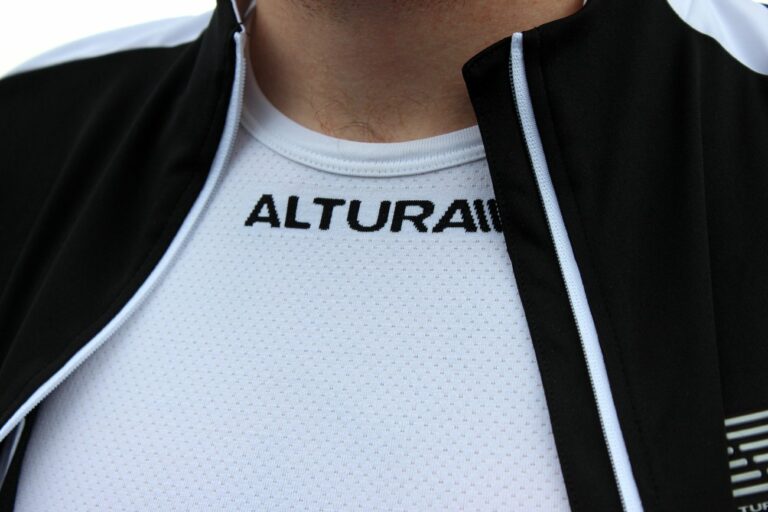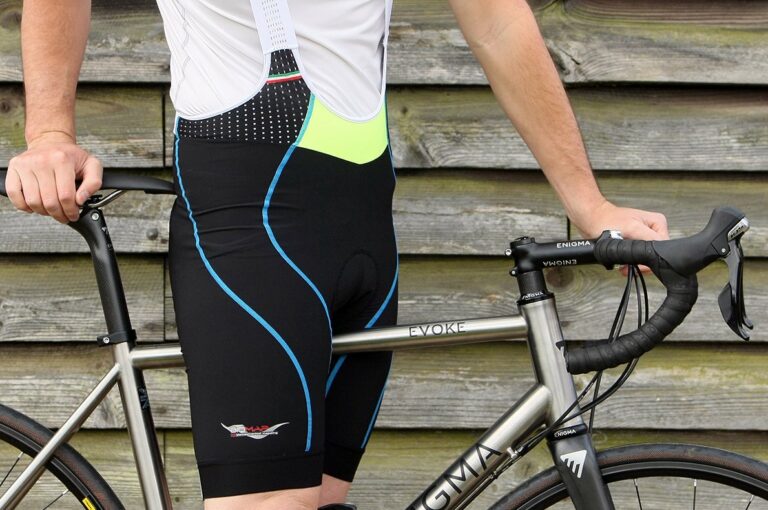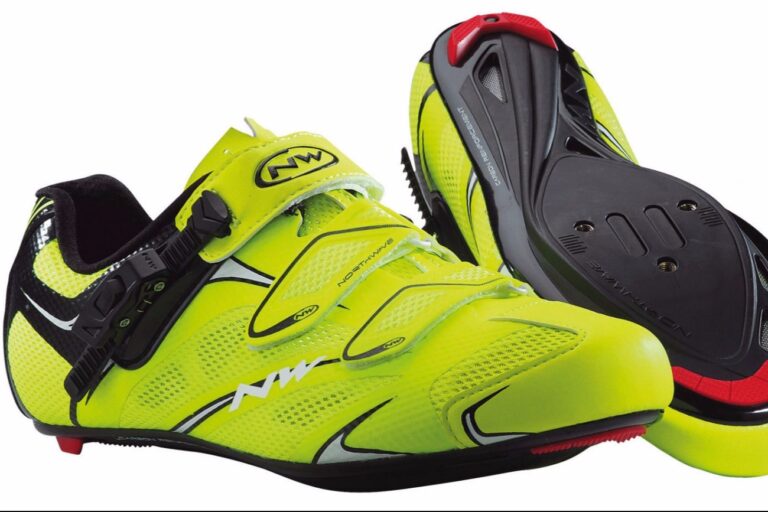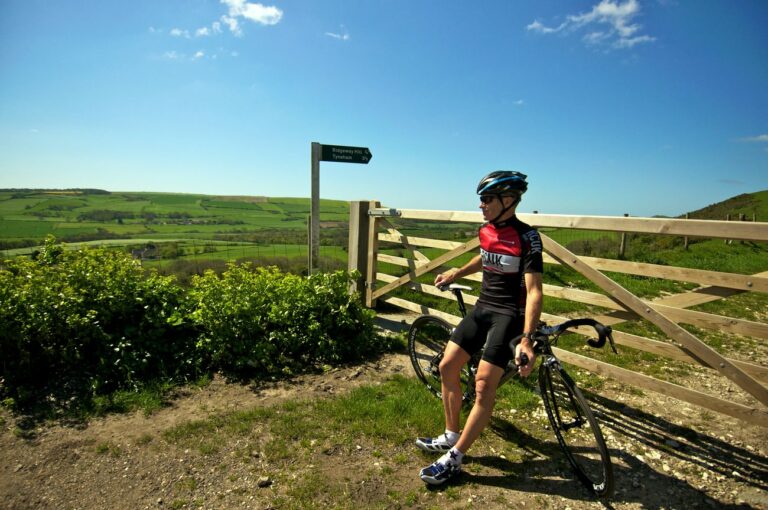Use your head
-
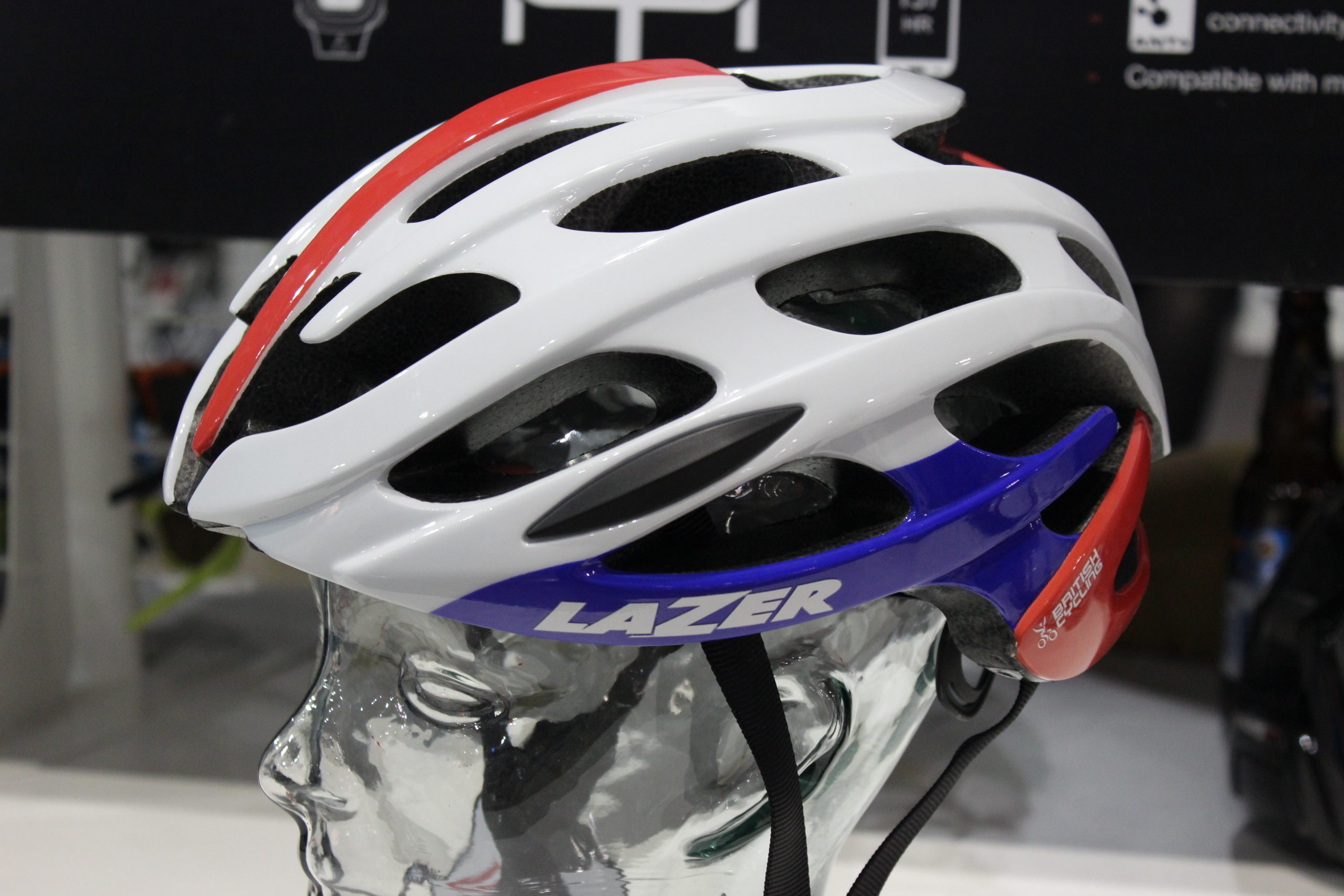
While there's no legal requirement to wear a helmet, the majority of road cyclists do
-
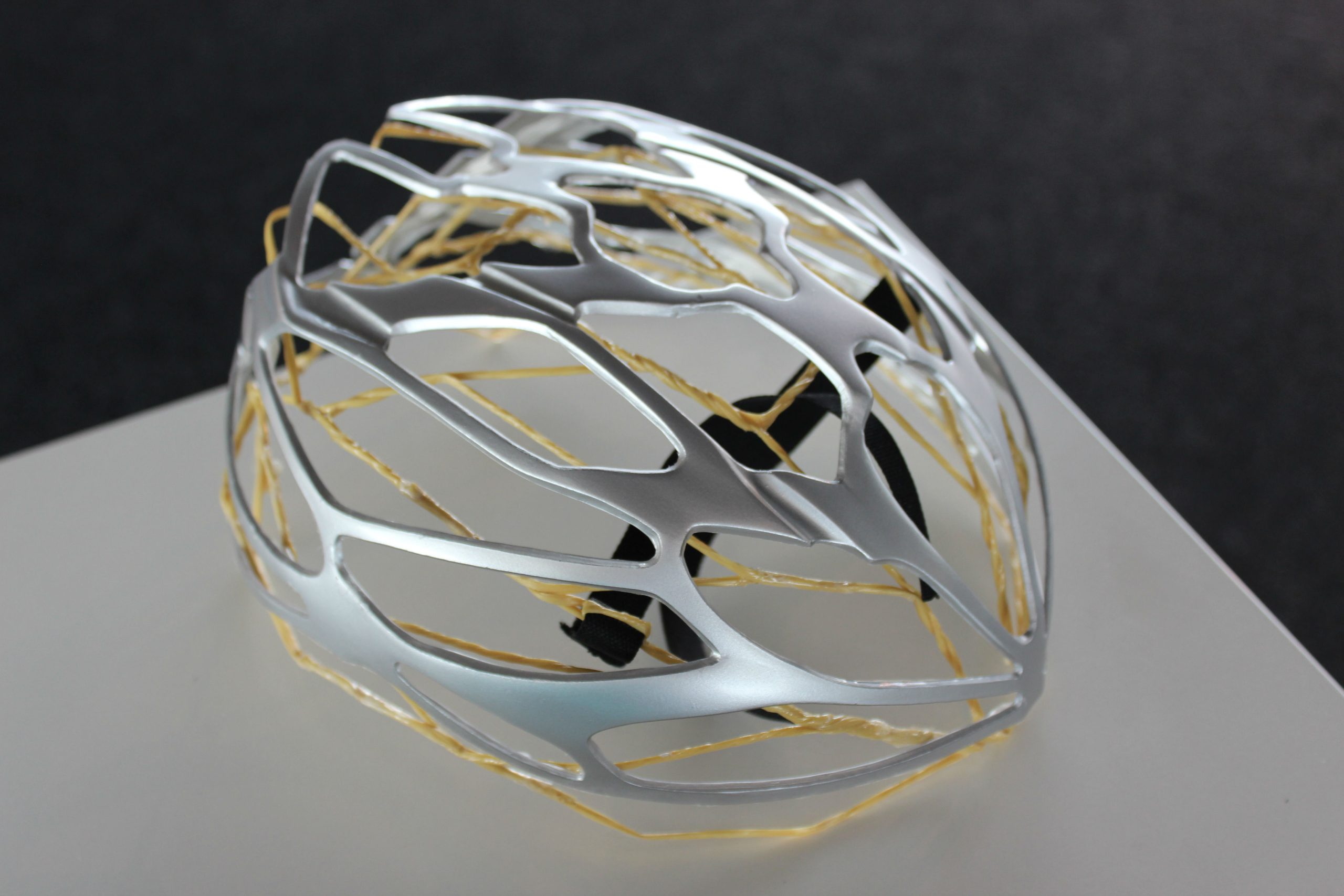
Some manufacturers use an internal cage to increase the strength of the helmet while reducing weight
-

Fit is absolutely vital when buying a new helmet (Pic: Sirotti)
-

Each brand has its own version of a retention system but they largely do the same job
-
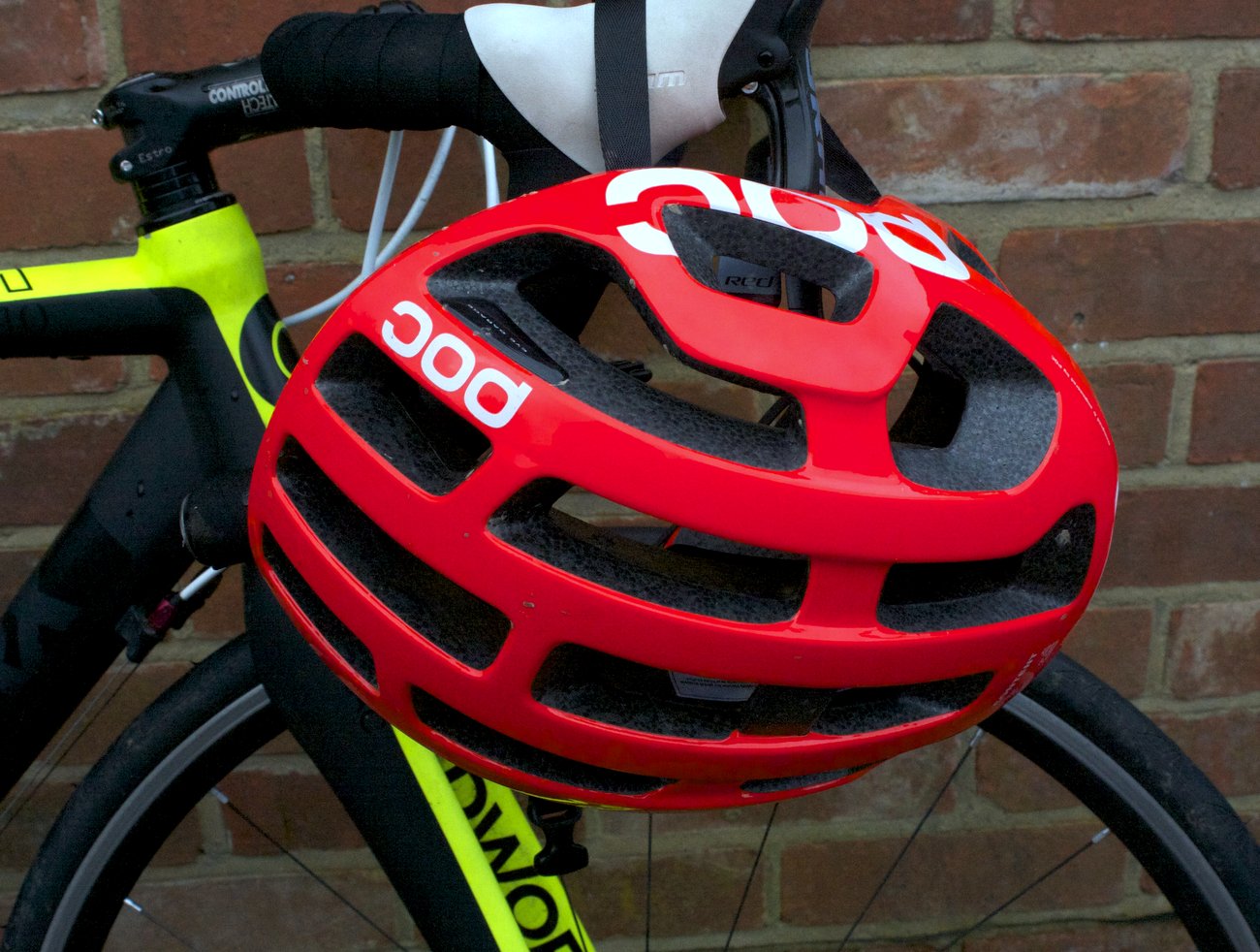
The POC Octal weighs just 200g, but it also costs £225
-

Alberto Contador has been wearing Specialized's aero road helmet, the Evade, at the Giro d'Italia (Pic: Sirotti)
-
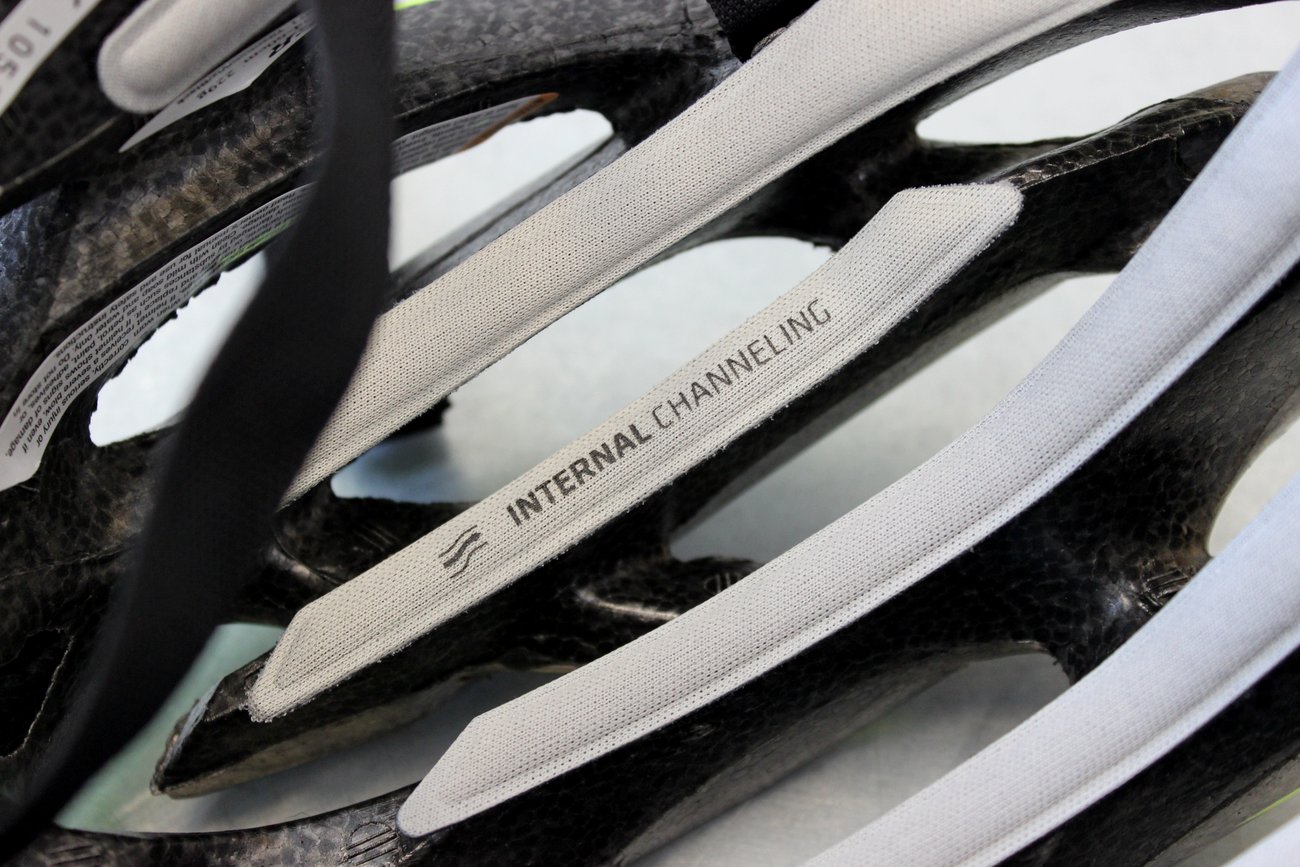
Internal channels in the helmet can also help improve ventilation
-

Padding should be removable and machine washable
Use your head
Although there is no legal requirement for riders to wear a helmet, unlike in Australia, it has become the norm for road cyclists to use them. While all helmets essentially serve the same purpose, there’s plenty of variation when it comes to fit, weight, ventilation and, of course, price.
If you’re racing then a helmet is required and has been since a ruling was introduced by the UCI in 2003. It therefore makes sense then that if you’re going to buy a new helmet to ensure you get a helmet that fits, meets the relevant safety standards, and suits the discipline you’ll be using it for.
The early hard shell cycling helmets, first launched in the late 1970s, were shunned by riders for a number of reasons, mostly to do with the terrible looks, along with the weight and lack of ventilation that made them extremely uncomfortable. The only form of head protection seen in the peloton in those days would be the minimal leather ‘hairnet’ style of helmet that offered so little protection as to be utterly pointless.
Today hard shell helmets can still be found, mainly used BMX and dirt jump riders, with the majority of road riders preferring lightweight helmets that have a vacuum formed plastic cover in-moulded to a polystyrene shell. Within this format, there are helmets that cover all budgets and styles, with manufacturers offering options for different types of cycling, from casual riding and commuting through to road racing, time trialling and beyond. In this buyer’s guide, we’ll run through the key options when it comes to buying a cycling helmet. Also, be sure to check out helmet reviews archive.

